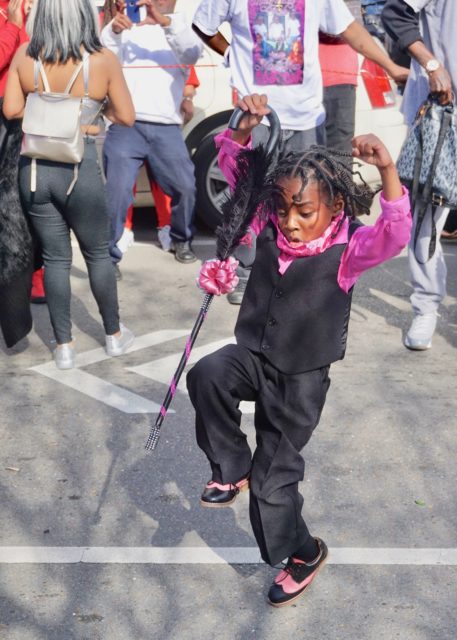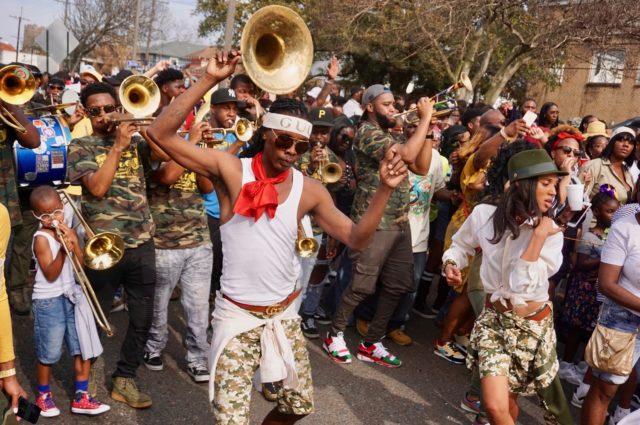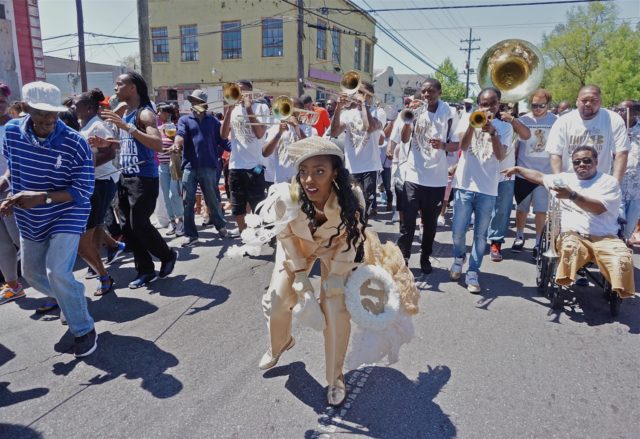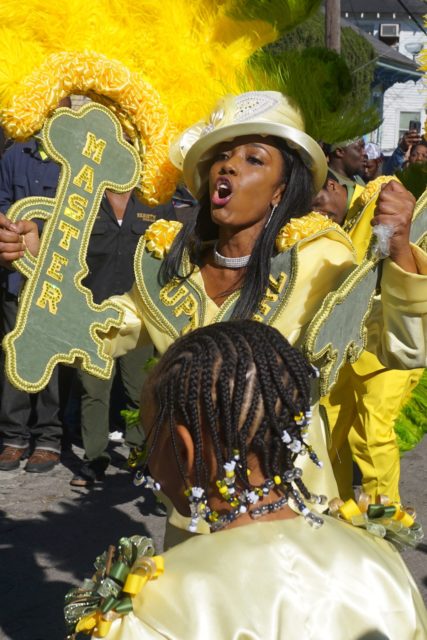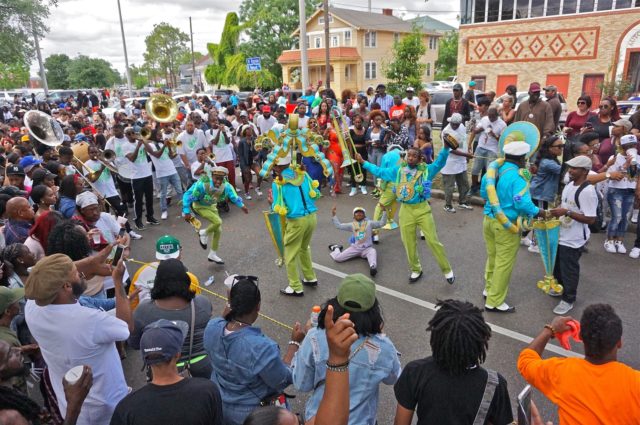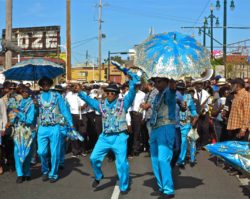Magazine
The Art of Procession
Photographer Charles Muir Lovell’s work reflects the power of place
Published: March 1, 2020
Last Updated: June 1, 2023
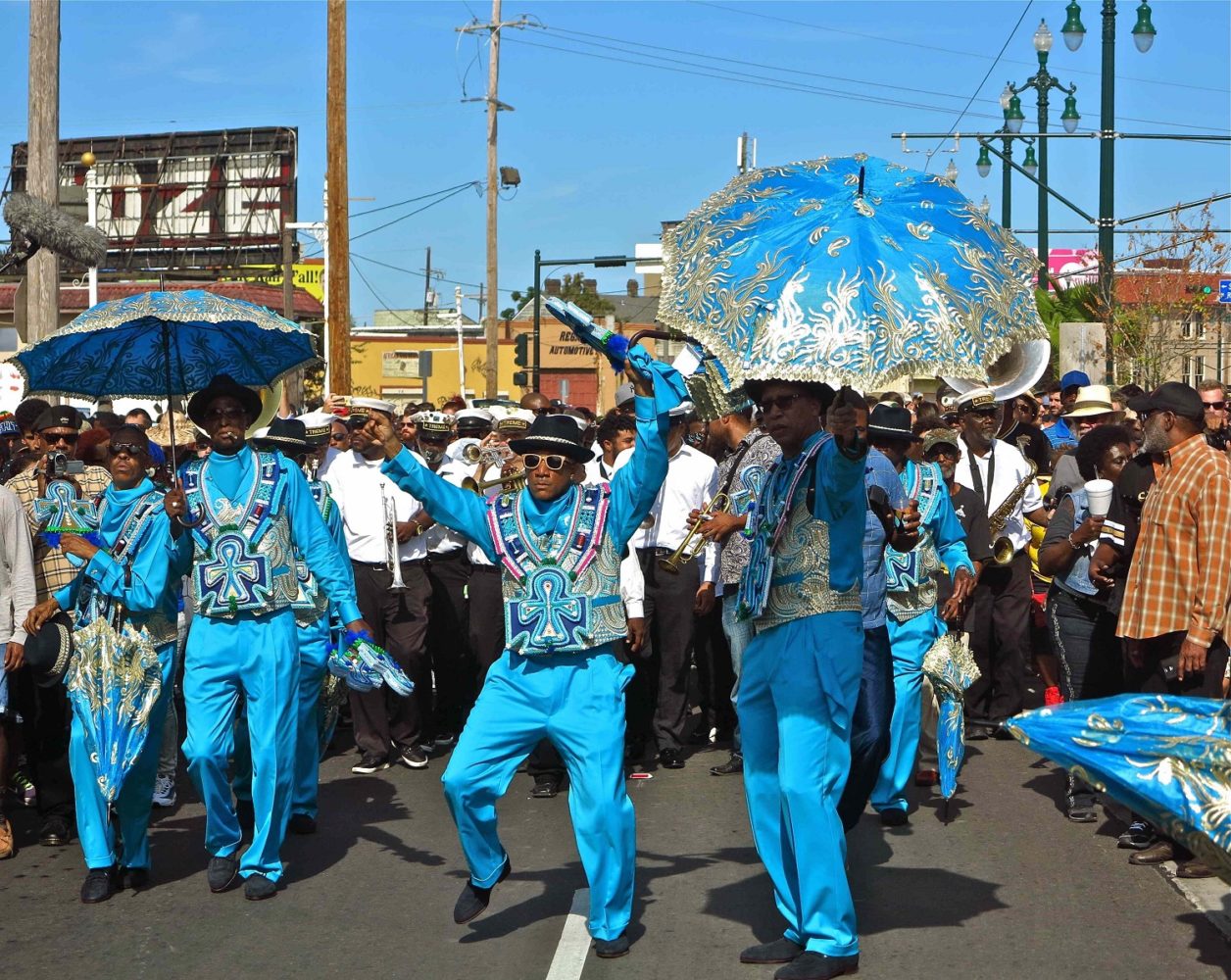
All photos by Charles Muir Lovell
Black Men of Labor Second Line, Tremé, New Orleans, 2016.
LEH’s 2020 Michael P. Smith Documentary Photography Award goes to Charles Muir Lovell, whose work captures the rhythm of New Orleans’s vibrant street culture. Lovell’s focus on social aid and pleasure clubs, Mardi Gras Indians, second lines, and jazz funerals places him within a continuum of practitioners, including Michael P. Smith, Christopher Porché West, Syndey Bird, Eric Waters, Judy Cooper, and others, who have found artistic inspiration in the cultural practices of the city’s African American and Afro Creole residents.
As a young man, I traveled through Europe and Latin America with my Nikon, living as one of the family with friends in the countries I visited. That hugely influenced my work, opening my eyes to how other people lived. As a visual artist, I gravitated toward photographing people within their cultures, trying to capture on film something true about their lives. College and grad school took me to small-town Texas and Washington State, and a long museum career, to the Pacific Northwest, Southwest, and Deep South; everywhere I found distinctive cultures and compelling photography subjects. While living in New Mexico, I traveled to and in Mexico photographing Holy Week religious processions, foreshadowing my current and most significant photographic project: documenting and preserving New Orleans’s unique second line parade culture.Upon moving to New Orleans, I became fascinated by the pageantry and celebratory nature of the city’s African American cultural tradition of second line parades. I was captivated by their visual richness and rich ceremony, ritual, and history, and by how they express a vibrant cultural and artistic heritage, intensely alive yet intimately connected to the past. The massive amount of industry that the social aid and pleasure club members invest in creating their magnificent costumes, decorations, baskets, umbrellas, and banners—truly a labor of love—blew me away. Documenting these visually stunning parades photographically quickly became a passion—and a commitment. For more than ten years, I’ve followed the weekly parades, taking tens of thousands of color photographs. Over the years, I’ve formed friendly relationships with members of the social aid and pleasure clubs that stage the parades, allowing me behind-the-scenes access, resulting in distinctive photographs. My color photographs vividly capture the paraders and brass bands in their elaborate custom-designed, hand-sewn costumes and the dancing parade followers, revealing the festive mood of these sacred moments of cultural celebration, and preserving them for posterity. I take great care to portray these spirited—and spiritual—ceremonial moments honestly, sensitively, and respectfully.
In the twentieth century other American photographers—notably Ralston Crawford, Lee Friedlander, and Michael P. Smith—also documented this cultural tradition, but in black and white. My use of color lets me capture not just the atmosphere of the parades but also their incredible vividness. Formerly I used traditional photographic techniques, but now I embrace new digital methods, bringing to the subject a fresh approach for the twenty-first century.
Taken as a whole, my photographs capture a rich cultural history of second line parades, a significant artistic and ceremonial tradition deeply rooted in New Orleans’s African American culture and unparalleled elsewhere in the United States. I hope that my photographs will increase awareness of the importance of preserving second line parade culture and contribute to the understanding of Louisiana and its culture, which has sometimes suffered from scholarly neglect, along with seemingly insurmountable cultural and economic challenges. But most of all, I hope that they will engage viewers and awaken their own fascination with this compelling subject.
Charles Muir Lovell has long been passionate about photographing people within their cultures. Upon moving to New Orleans in 2008, he began documenting the city’s second line parades, social aid and pleasure clubs, and brass bands, capturing and preserving for posterity a unique and vibrant part of Louisiana’s rich cultural heritage. His photographs have been exhibited nationally and internationally, are found in several permanent collections, including The Historic New Orleans Collection, and can be seen at CharlesLovell.com and on Instagram @CharlesLovellArt. He holds an MFA in photography from Central Washington University.
